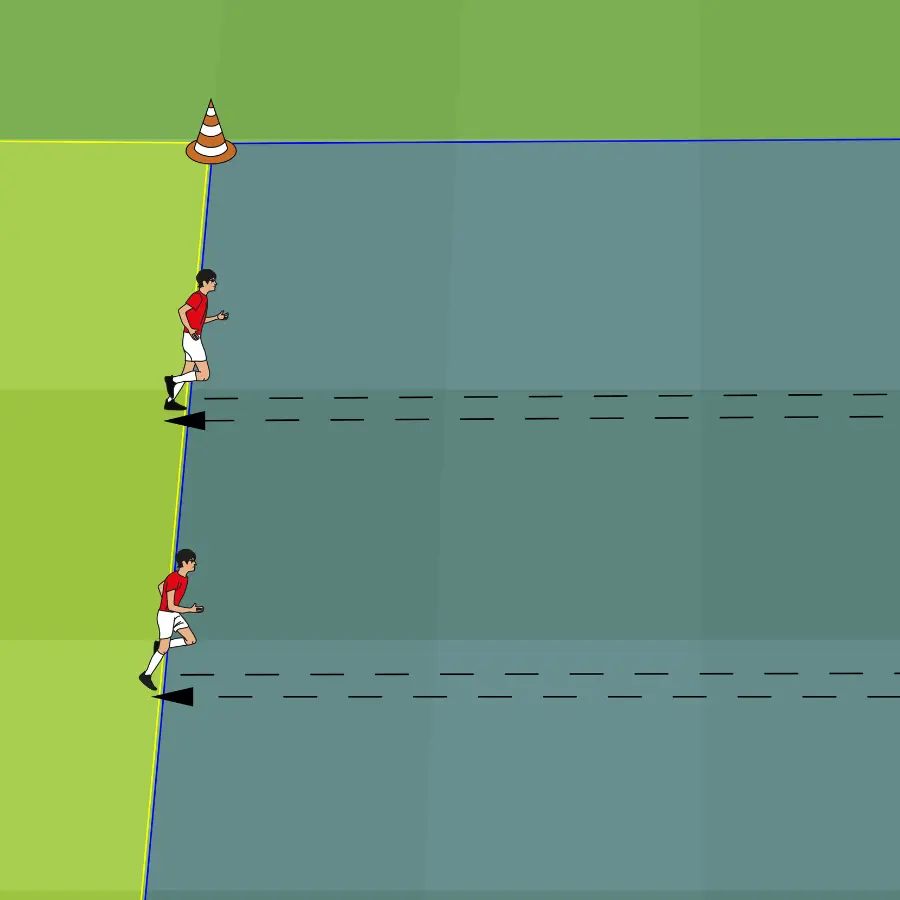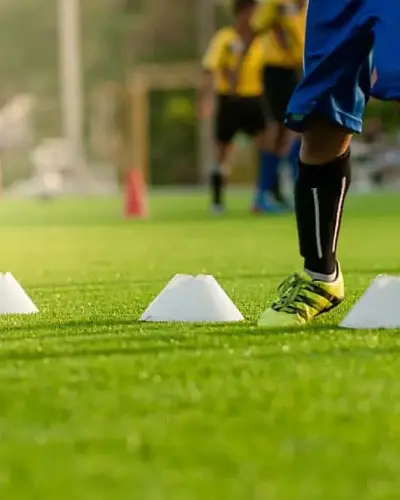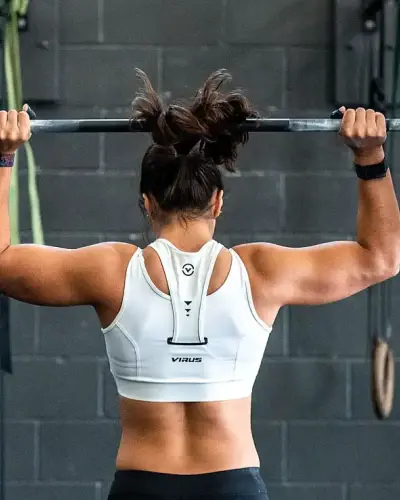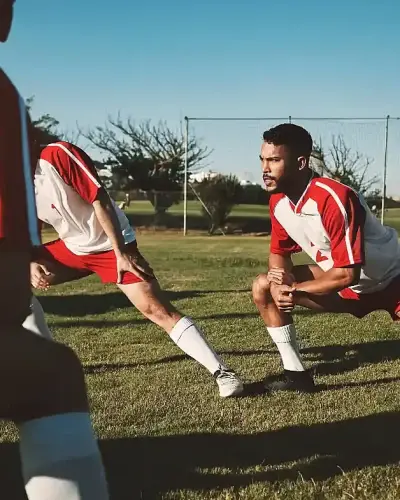The Yo-Yo Intermittent Recovery Test: A Valuable Performance Test for Modern Team Sports?
The Yo-Yo Intermittent Recovery Test, or YYIR test for short, is one of the most well-known fitness tests in team sports. It has particularly established itself as a key diagnostic tool in football. But what exactly is behind this test, and how relevant is it for athletic success? Here’s a quick look into the practice:
What is the Yo-Yo Intermittent Recovery Test?
The Yo-Yo Test was developed to measure how well athletes can recover after intense sprints – a critical requirement in most team sports. The test consists of a series of 20-meter sprints interrupted by short recovery periods. The running speed gradually increases, and the test ends when a player can no longer complete the required distance on time. However, it’s important to approach this with some tact – if a player is just slightly late because they misjudged the speed, the test should not be stopped. That would distort the result. A warning can be given in this case. At the end, the total distance covered is used as a measure of endurance and recovery ability.
Practical Relevance: More Than Just a Fitness Test
The major strength of the YYIR test lies in its close connection to match situations. While pure endurance tests like the Cooper Test only measure the ability to maintain a constant pace over a long distance, the Yo-Yo Test simulates the pattern of intense sprints and short recovery phases that frequently occur in a game. Players who perform well in this test usually have an advantage on the field – they can recover quickly from intense actions and re-engage fully in critical moments.
This means the YYIR test doesn’t just provide data on general fitness but also shows how well a player is prepared for the specific demands of a match. This makes it especially valuable for coaches. There’s a big difference between being “just” fit and having the stamina to sprint and win duels in the final minutes of a game.
Simple to Conduct, Clear in Results
Another advantage of the Yo-Yo Test is its simplicity. All you need is a 20-meter track, a stopwatch, and a pre-recorded audio program that specifies the running and recovery times. Players don’t need to rely on complicated machines or lab tests – they run, sprint, and recover just like they would in a game. This means the test can be conducted regularly with minimal preparation. Furthermore, the results are objective and measurable, allowing coaches to track the fitness development of their players over time.
At a very high level or with a sports scientist on the coaching team, there are more precise test variations. However, in high-level amateur or semi-professional football, the demands for fitness testing are greater, and the ability to tailor training to test results is much more advanced. Since time and resources are limited in grassroots sports, but there’s still a desire to avoid training blindly and instead achieve progress, the YYIR test is an almost ideal option for getting high returns with minimal effort.
Conclusion
In conclusion, the Yo-Yo Intermittent Recovery Test plays an important role in modern performance diagnostics up to a certain level – but it is not the be-all and end-all. Its results provide valuable information but should always be considered in context. A player who performs exceptionally well in the YYIR test doesn’t necessarily dominate on the field. Tactics, technique, and especially mental strength are also crucial for success.
For coaches, it’s important to view the Yo-Yo test as part of a larger picture. It gives insight into the player’s physical condition and recovery ability and provides the opportunity to improve these through targeted training – but it’s just one component. Ultimately, it’s what the player does on the field that counts. And that can’t be fully captured through fitness tests alone.
In an era where football is becoming more athletic, however, the YYIR test remains a helpful tool for exploring the physical limits of players – when used thoughtfully.
The Process in Brief:
- You need: Cones, a documentation sheet, a pen, and ideally a speaker.
- Set up a 20-meter running track with a 5-meter recovery zone for the test.
- Players should be grouped (max. 10 players for better overview).
- Start the test with the audio file.
- Note when players drop out.

Useful Links:
Explanation Video:
https://www.youtube.com/watch?v=nkOk_P5VnOA
Download the audio file for the test:
https://soundcloud.com/f34r22/yoyo-intermittent-recovery-test-level-1
Download the documentation sheet for the test:
https://www.theyoyotest.com/documents/yoyo-ir1-recording-sheet.pdf





